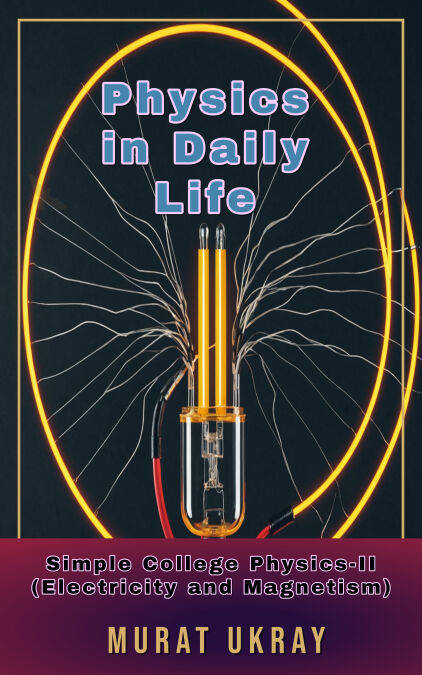
- Afhalen na 1 uur in een winkel met voorraad
- Gratis thuislevering in België vanaf € 30
- Ruim aanbod met 7 miljoen producten
- Afhalen na 1 uur in een winkel met voorraad
- Gratis thuislevering in België vanaf € 30
- Ruim aanbod met 7 miljoen producten
Zoeken
Omschrijving
"Electricity is a form of energy. Electricity is the flow of electrons. All matter is made up of atoms, and an atom has a center, called a nucleus. The nucleus contains positively charged particles called protons and uncharged particles called neutrons. The nucleus of an atom is surrounded by negatively charged particles called electrons.
Before electricity generation began slightly over 100 years ago, houses were lit with kerosene lamps, food was cooled in iceboxes, and rooms were warmed by wood-burning or coal-burning stoves. Beginning with Benjamin Franklin's experiment with a kite one stormy night in Philadelphia, the principles of electricity gradually became understood. In the mid-1800s, everyone's life changed with the inventionof the electric light bulb. Prior to 1879, electricity had been used in arc lights for outdoor lighting. The lightbulb's invention used electricity to bring indoor lighting to our homes.
Magnetism is a property of materials that respond at an atomic or subatomic level to an applied magnetic field. For example, the most well known form of magnetism is ferromagnetism such that some ferromagnetic materials produce their own persistent magnetic field. Also Electromagnetism has continued to develop into the 21st century, being incorporated into the more fundamental theories of gauge theory, quantum electrodynamics, electroweak theory, and finally the standard model.
This book telling this scientific story basicly from ancient Egypt, Greek, Indian and China civilizations to the today's new great inventions such as Maxwell's Electromagnetics and Einstein's Relativity theories with modern applications.."
Before electricity generation began slightly over 100 years ago, houses were lit with kerosene lamps, food was cooled in iceboxes, and rooms were warmed by wood-burning or coal-burning stoves. Beginning with Benjamin Franklin's experiment with a kite one stormy night in Philadelphia, the principles of electricity gradually became understood. In the mid-1800s, everyone's life changed with the inventionof the electric light bulb. Prior to 1879, electricity had been used in arc lights for outdoor lighting. The lightbulb's invention used electricity to bring indoor lighting to our homes.
Magnetism is a property of materials that respond at an atomic or subatomic level to an applied magnetic field. For example, the most well known form of magnetism is ferromagnetism such that some ferromagnetic materials produce their own persistent magnetic field. Also Electromagnetism has continued to develop into the 21st century, being incorporated into the more fundamental theories of gauge theory, quantum electrodynamics, electroweak theory, and finally the standard model.
This book telling this scientific story basicly from ancient Egypt, Greek, Indian and China civilizations to the today's new great inventions such as Maxwell's Electromagnetics and Einstein's Relativity theories with modern applications.."
Specificaties
Betrokkenen
- Auteur(s):
- Uitgeverij:
Inhoud
- Aantal bladzijden:
- 200
- Taal:
- Engels
Eigenschappen
- Productcode (EAN):
- 9781461122395
- Verschijningsdatum:
- 22/11/2024
- Uitvoering:
- E-book
- Beveiligd met:
- Digital watermarking
- Formaat:
- ePub

Alleen bij Standaard Boekhandel
+ 6 punten op je klantenkaart van Standaard Boekhandel
Beoordelingen
We publiceren alleen reviews die voldoen aan de voorwaarden voor reviews. Bekijk onze voorwaarden voor reviews.








